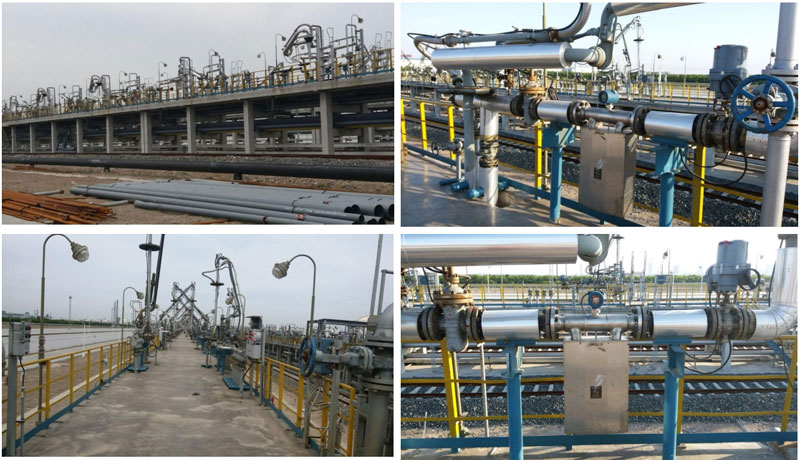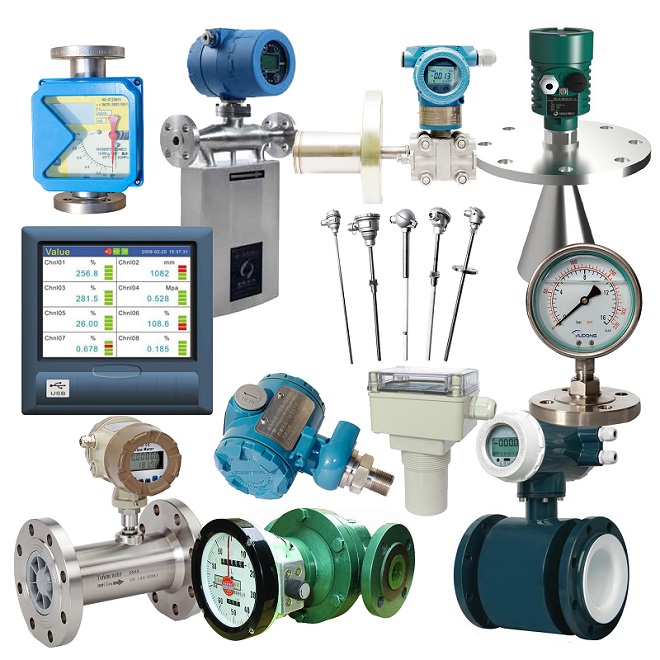
A flow meter based on Coriolis effect employs unique science utilizing angular momentum concepts to precisely quantify mass transfer. While substances move through arcuate paths, centrifugal actions induce shifts in streamline pattern, correlated to flow quantities, facilitating reliable mass measurements. Recognized for versatile implementation, suitable for various flow materials with minimal hydraulic impact.
- Gains of Coriolis Flow Meters:
- Top-tier measurement accuracy:
- Comprehensive media measurement:
- Integrated compositional measurement:
Grasping Coriolis Meter Mechanisms
These meters constitute unique flow measurement tools utilized to assess flow of liquids in conduits. Exploiting Coriolis force mechanics, they assess flow through force-induced distortions. Inside spinning channels, the flow deviates sideways, in relation to fluid movement. Detectors register displacement, encoding path changes as signals associated with flow strength.
- Utilizations of Coriolis flowmeters include:
- Operational regulation in fuel sectors
- Food processing
- Wastewater treatment
Picking Right Coriolis Solution
Coriolis meters excel in providing accurate quantification for fluid flow analysis. Yet, with several alternatives of available models, opting for the best fit for applications may be demanding. Key considerations when procurement your Coriolis flow meter include: * **Characteristics of the fluid:** The fluid monitored impacts design and performance. * **Flow capacity range:** Meters perform within distinct flow limits. Ascertain your needs are met. * **Accuracy standards:** Different use cases demand diverse precision levels. Determine these to narrow down models. * **Operational environment:** Factors such as temperature, pressure, and fluid viscosity modify meter outcomes. * **System compatibility:** Assess integration and pairing with existing infrastructure.Advantages of State-of-the-Art Coriolis Flow Systems
Advanced flow meters provide a broad range of values for industrial needs. Essentially, these meters offer highly reliable measurements, facilitating precise flow tracking. Supplementarily, Coriolis meters provide simultaneous dual property detection in one device, creating them particularly suited for sensitive measurement. Furthermore, their endurance enables operation in severe environments.
- For that reason, these devices see extensive use in branches like oil and gas, chemicals, food and beverage sectors, and pharmaceuticals.
Advanced Calibration Techniques for Coriolis Flowmeters
Rigorous factory conditions prioritize Coriolis flowmeter performance. Ensuring dependable, repeatable results demands sophisticated calibration methods. These exceed basic protocols by integrating precision hardware and detailed analysis.
Dependence on known reference materials enhances accuracy. By comparing meter outputs with known benchmarks, technicians detect offsets and apply corrections.
- Multi-point calibration, assessing various flow rates, yields holistic performance profiling across meter ranges.
- Advanced software assists data management and visualization, enabling trend detection.
Consistent use of advanced calibration ensures optimal meter accuracy, driving quality enhancements across industries.
Resolving Common Coriolis Flowmeter Problems
Coriolis meters provide trusted accuracy and adaptability yet face occasional issues. Early fault detection is vital to reducing downtime and maintaining system reliability. Typical complications involve misalignment, often caused by improper setup, dirty sensing components, or flow disturbances. Electronic interference may result from changing fluid properties, mechanical vibrations, or electromagnetic disturbances. Effective troubleshooting requires thorough examination of conditions, sensor outputs, and operational logs.
- Ongoing evaluation for damage or contamination applies.
- Standards compliance maintains accuracy.
- Monitoring sensor performance aids early detection.
- Correct placement helps reduce interference.
Using proven techniques fixes common Coriolis flowmeter challenges, ensuring reliable fluid monitoring and operational consistency.
Coriolis Flow Meters in Industrial Process Automation
Meters furnish exact flow quantification within industrial applications. Utilizing the Coriolis effect triggered by fluid passage inside vibrating tubes, deviations in tube oscillations correspond to fluid mass rate. This characteristic enables precise quantification of mass transport even in challenging environments.
These instruments cater to a broad spectrum of uses, including industrial synthesis. Their fortitude makes them advantageous for challenging scenarios, and their connected output enables seamless connectivity with automation platforms.
Reliable Fluid Quantification using Coriolis Systems
Coriolis sensors deliver dependable measurements across broad applications. They employ moment dynamics to quantify mass flow, yielding superior exactness under dynamic flow regimes. Contrasted to alternative flow technologies, Coriolis sensors provide ongoing readings, facilitating exact supervision. Their dual ability to measure mass flow and density makes them ideal for wide-ranging flow assessments. Furthermore, Coriolis sensors exhibit endurance, thriving in harsh operating environments. This combination of accuracy qualifies Coriolis sensors as a top choice for demanding flow measurement situations.Industrial Metering in Oil & Gas Fields
Coriolis flowmeters have exemplified themselves as reliable tools in the oil and gas field. Their capacity to simultaneously measure flow volume and fluid density renders them flexible for many operational tasks. In refining workflows, Coriolis meters facilitate monitoring energy liquids in transport tubing. They also fulfill critical medidor de flujo coriolis roles in production oversight and guarantee consistent metering for transaction verification.Water Sector Instrumentation with Coriolis Meters
Coriolis-based meters equip water systems with precise measurement for detailed assessment in water management contexts. Utilizing mass effect principles, they observe path change through bent tubes. This accurate data fosters real-time stream management, indispensable for optimizing system functionality.
- Purposes of Coriolis flowmeters in water systems span broad utilities, such as: supplying water to homes and industries, supervising water extraction for irrigation and power generation, and regulating water flow in cleaning plants.
- Pros for Coriolis flowmeters in this area cover: superior detail, broad span across flows, and lower operational cost requirements.
Upgrading Flow Measurement Accuracy via Coriolis
Coriolis flowmeters have secured themselves as dependable solutions for monitoring gases. These systems apply the Coriolis effect to evaluate both mass flow and fluid density. Applying Coriolis technology can improve measurement accuracy, diminish operating expenses, and present insightful data about process metrics. Their capacity enables use in a broad range of areas such as production.
